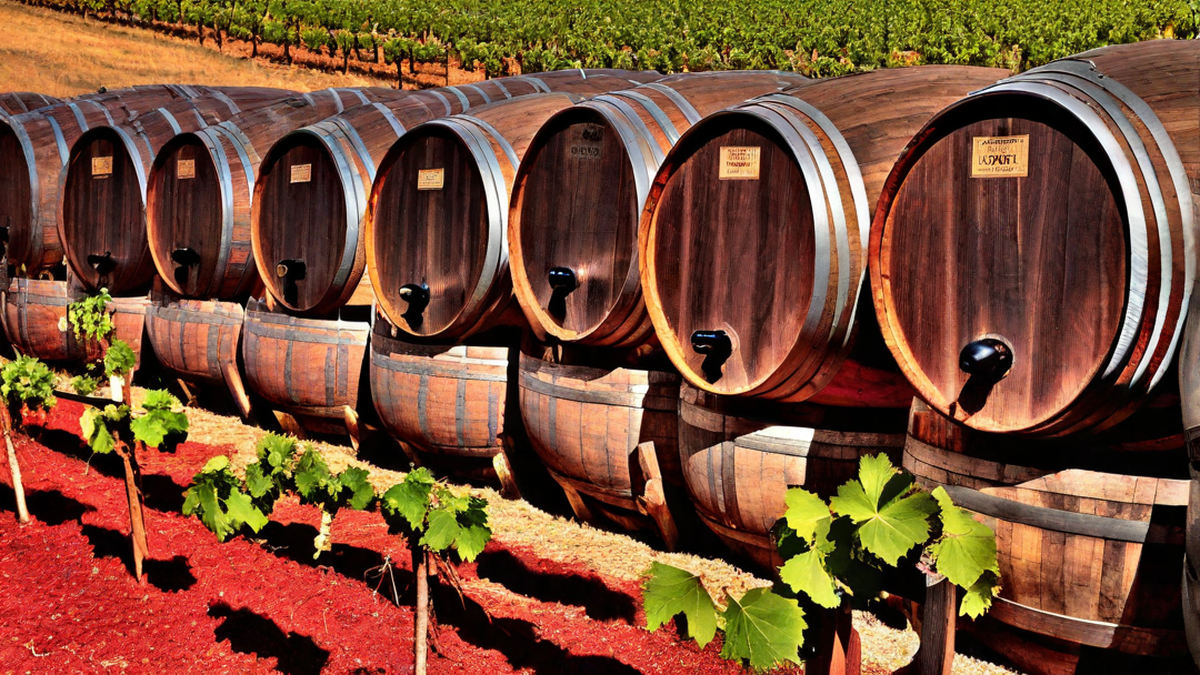For generations, wine has held a cherished spot as a favored beverage among people all over the globe. It’s frequently associated with celebrations, romantic dinners, and delightful times with family and friends. Yet, have you ever given thought to the elements that are critical in crafting an exceptional wine? The taste and personality of wine are significantly shaped by its ingredients.
When it comes to wine, ingredients play a crucial role in shaping its taste, aroma, and overall quality. While the main ingredient in wine is grapes, there are various other components that are involved in the winemaking process. Let’s take a closer look at some of the key ingredients that make up this delightful drink.
Grapes: The Foundation of Wine
As most wine lovers know, the primary ingredient in wine is grapes. Grapes provide the sugar that is fermented by yeast to produce alcohol. However, not all grapes are suitable for winemaking. Different grape varieties have distinct characteristics that contribute to the flavor and structure of the final product. From red grapes like Cabernet Sauvignon and Merlot to white grapes like Chardonnay and Sauvignon Blanc, each variety brings its own unique qualities to the glass.
Yeast: The Magical Microorganism
Yeast is another crucial ingredient in winemaking. During the fermentation process, yeast converts the sugar in grapes into alcohol and carbon dioxide. This natural process gives wine its alcoholic content and also contributes to its complexity and flavor profile. Different strains of yeast can produce different flavors and aromas, allowing winemakers to experiment with the characteristics they want to highlight in their wines.
Sulfur Dioxide: Preserving the Goodness
Sulfur dioxide, often referred to as SO2, is used in winemaking as a preservative. It helps to prevent spoilage and oxidation, keeping the wine fresh and stable over time. While some winemakers opt for minimal use of sulfites, others rely on it more heavily to protect the wine during production, aging, and bottling processes. The use of sulfur dioxide is highly regulated, and winemakers must adhere to specific limits to ensure the safety and quality of the final product.
Other Ingredients and Additives
In addition to grapes, yeast, and sulfur dioxide, winemakers may use other ingredients and additives to enhance or balance the wine’s characteristics. Some common additives include tartaric acid, which helps to adjust the acidity levels, and oak chips or barrels, which impart flavors and aromas during aging. Clarifying agents like bentonite or egg whites may be used to remove impurities, and sugar may be added to adjust sweetness levels.
It is important to note that winemakers must follow strict regulations and guidelines regarding the use of additives and ingredients. These rules are in place to maintain the integrity and quality of the wine and to ensure that consumers are fully informed about what they are drinking.
Conclusion
The ingredients used in winemaking play a significant role in shaping the final product. From the grapes that provide the base to the yeast that brings the wine to life, each ingredient contributes to the flavors, aromas, and overall experience of enjoying a glass of wine. It is this careful selection and combination of ingredients that make wine such a fascinating and enjoyable beverage.
